The Peperomia Rotundifolia is a succulent plant that has gained popularity in recent years for its low-maintenance care and ability to propagate easily. This article will provide an in-depth guide to the care, propagation, and features of the Peperomia Rotundifolia. We’ll answer some of the most common questions about this plant, so you can decide if it’s the right fit for your home or garden!
Peperomia Rotundifolia: overview and facts
Taking its name from the Greek words ‘peperi’ meaning pepper and ‘homos’ meaning alike, the Peperomia Rotundifolia is often mistaken for a type of pepper plant. However, this plant is not related to peppers at all!
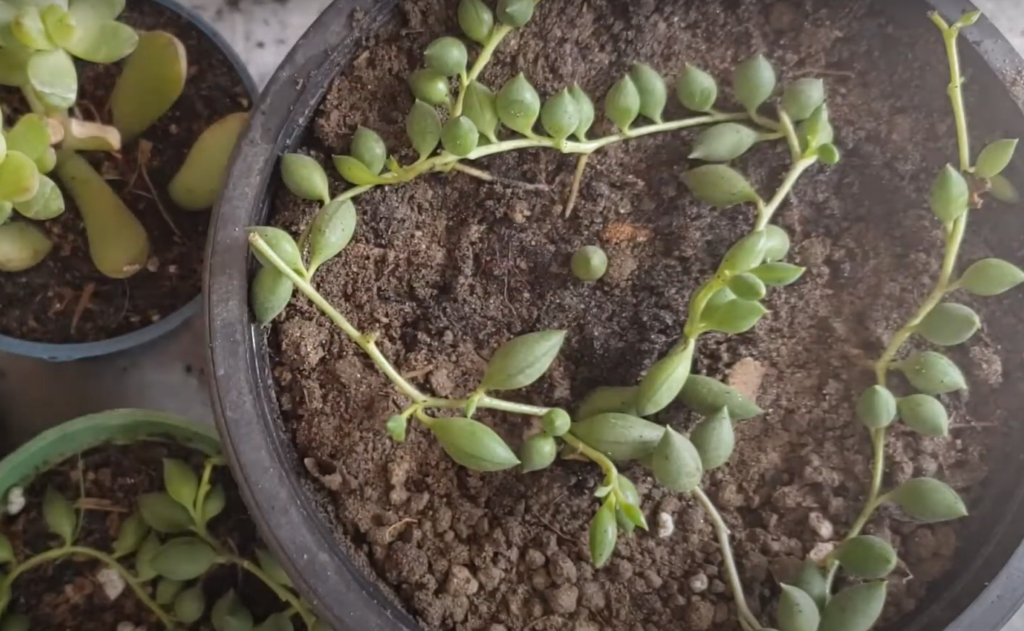
The Peperomia Rotundifolia, also known as jade necklace and trailing jade, is a succulent plant that originates from South America [1]. It’s part of the Piperaceae family, which includes over 1000 species of plants. The Peperomia Rotundifolia is a small plant that only grows to be about 12 inches tall. The leaves are round, fleshy, and have a slightly cupped shape. They’re a deep green color with light green stripes running down the center.
Rotundifolia means ‘round-leaved’, referring to the shape of the leaves.Such a beautiful plant definitely deserves a place in your home or garden! But before you add one to your collection, let’s take a look at some of the most important things you need to know about caring for and propagating Peperomia Rotundifolia.
Peperomia Rotundifolia plant care
Size & Growth
As we mentioned before, the Peperomia Rotundifolia is a small plant that only grows to be about 12 inches tall. The speed of growth will depend on the amount of light, water, and fertilizer the plant is getting. If you’re looking for a fast-growing plant, the Peperomia Rotundifolia may not be the best choice. But if you don’t mind waiting a little longer for your plant to reach its full size, then this plant is worth considering!
Flowering & Fragrance
Peperomia Rotundifolia blooms quite easily and frequently. The flowers, which are white and tiny, grow on spikes that can reach up to 12 inches in length. While the blooms are beautiful, they don’t have a strong fragrance. You can detect a slight hint of fragrance if you put your nose up close to the blooms, but it’s nothing that will fill up a room.
Light & Temperature
One of the best things about the Peperomia Rotundifolia is that it’s very tolerant of different light conditions. It can thrive in both low light and bright light situations. For better care to boost up your plant’s best features, though, you may consider giving it a spot where it can get bright, indirect light. The ideal temperature for the Peperomia Rotundifolia is between 60°F and 80°F. If the temperature drops below 50°F, this plant will start to experience stress [2]. The hints of stress are visible in the leaves, which will start to turn brown and drop off. Fluorescent lights are beneficial for this plant as well. If you live in an area with hot summers, it’s best to keep the Peperomia Rotundifolia out of direct sunlight to prevent the leaves from getting sunburned.
Watering & Feeding
The Peperomia Rotundifolia is a succulent plant, so it doesn’t need a lot of water. In fact, overwatering is one of the biggest problems you can have with this plant!
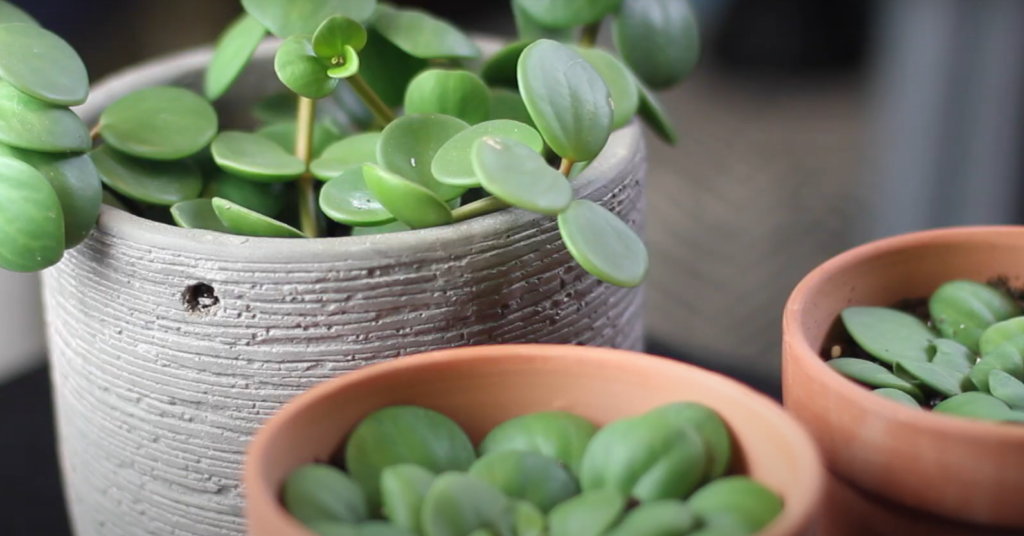 When you water the Peperomia Rotundifolia, make sure you’re using room-temperature water. Let the soil dry out completely between watering sessions, and then water deeply to saturate the soil. If the leaves of your plant start to droop, that’s a sign that it’s time to water. As for feeding, the Peperomia Rotundifolia doesn’t need a lot of fertilizer. Once every two weeks is plenty. Just be sure to use a diluted solution so you don’t end up burning the roots of your plant.
When you water the Peperomia Rotundifolia, make sure you’re using room-temperature water. Let the soil dry out completely between watering sessions, and then water deeply to saturate the soil. If the leaves of your plant start to droop, that’s a sign that it’s time to water. As for feeding, the Peperomia Rotundifolia doesn’t need a lot of fertilizer. Once every two weeks is plenty. Just be sure to use a diluted solution so you don’t end up burning the roots of your plant.
Soil & Transplanting
Soils for peperomia should be well-draining, yet hold moisture for a short time. A good potting mix for peperomia contains sphagnum peat moss, perlite, and vermiculite. The right use of soils guarantees healthy plants with less susceptibility to pests and diseases [3].
Peperomia Rotundifolia can be transplanted easily and does not require any special care when doing so. Nevertheless, this plant does not like to be transplanted often and can be sensitive to root disturbance. When transplanting, use care not to damage the delicate roots. The best time to transplant peperomia is in the spring or early summer, because of the plant’s increased growth during these months. The key to success is to choose a pot that is only slightly larger than the previous one and has drainage holes.
To transplate Peperomia Rotundifolia you need to:
- gently remove the plant from its pot;
- knock away any loose potting mix from the roots;
- place the plant in its new pot;
- fill around the plant with the fresh potting mix;
- water well.
Grooming & Maintenance
Peperomia Rotundifolia is a low-maintenance plant that does not require much grooming.
You can do it every few weeks to keep the plant looking its best. To remove a leaf or stem, simply use your fingers to snap it off at the base. Be sure to wear gloves when doing this to avoid any irritation from the sap. Also, be careful not to damage the surrounding leaves.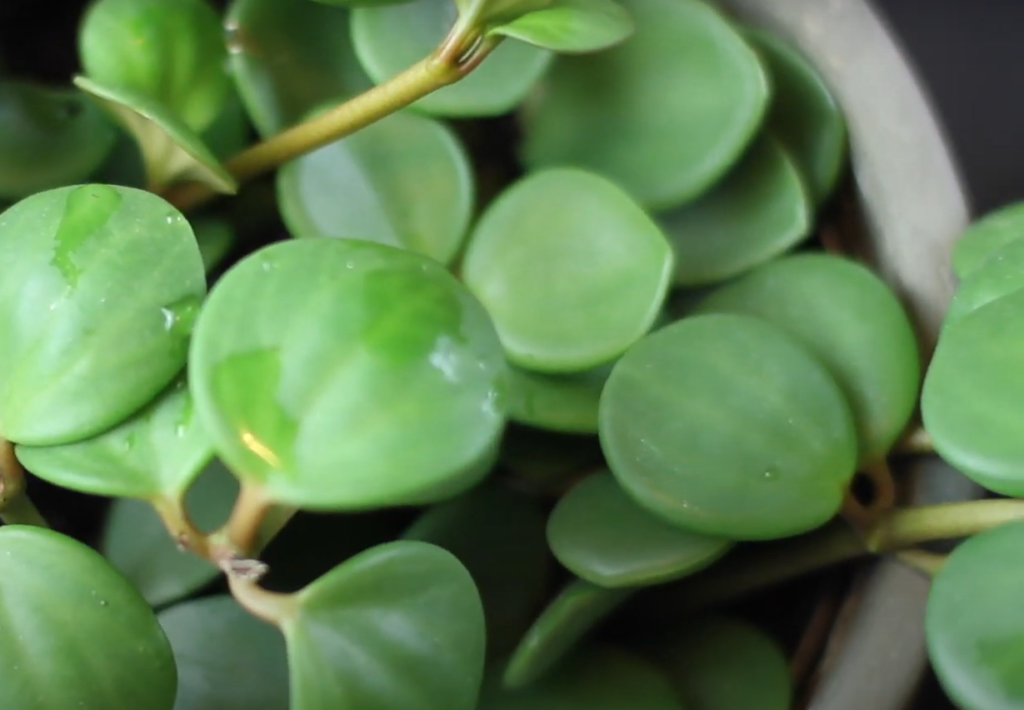
But Peperomia Rotundifolia is a very forgiving plant, so don’t be too worried if you accidentally damage a leaf or two. The plant will quickly bounce back and fill in the space with new growth. If you want to encourage bushier growth, you can periodically pinch back the tips of the stems. This will cause the plant to branch out and become fuller. Pinching back can be done every few weeks or so, and is especially helpful if the plant is looking a little leggy [4].
As with all plants, good air circulation is important for the health of Peperomia Rotundifolia. Be sure to space out the leaves so that they’re not touching, as this can cause them to rot. If the leaves do touch, you can carefully peel them apart.
Toxicity
Peperomia Rotundifolia is not toxic to humans or animals. This makes it a great plant for households with pets or small children, however, it is important to note that the sap of the plant can be an irritant. If you have any concerns, it is best to consult with a healthcare professional before adding this plant to your home.
How to Propagate Trailing Jade Peperomia
This plant can be propagated by stem cuttings, which is a simple process that can be done with just a few supplies.
To propagate peperomia by stem cuttings you need:
- a sharp knife or pair of scissors
- a glass of water
- a small pot with well-draining potting mix
First, take a stem cutting from the plant that is at least four inches long. Cut the stem at a 45-degree angle just below a leaf node. A leaf node is the spot on the stem where leaves are growing.
Next, remove the lower leaves from the stem cutting so that you are left with two or three leaves at the top of the cutting.
Then, place the stem cutting in a glass of water and place it in a spot out of direct sunlight.
Change the water every few days to keep it fresh.

After a week or two, you should see roots growing from the stem cutting. Once the roots are an inch or two long, it is time to pot them up.
Fill a small pot with a well-draining potting mix and carefully transplant the rooted stem cutting into the pot.
Water the plant well and place it in a spot out of direct sunlight until it is established.
Another way of propagating trailing jade peperomia is by leaf cuttings.
To propagate peperomia by leaf cuttings you will need the very same equipment.
First, take a leaf cutting from the plant. Cut the leaf at a 45-degree angle just below the leaf node.
As with stem cuttings, remove the lower leaves from the leaf-cutting so that you are left with two or three leaves at the top of the cutting.
Place the leaf-cutting in a glass of water and place it in a spot out of direct sunlight.
Change the water every few days to keep it fresh.
After a week or two, you should see roots growing from the leaf-cutting. Once the roots are an inch or two long, it is time to pot them up.
Fill a small pot with a well-draining potting mix and carefully transplant the rooted leaf cutting into the pot.
Water the plant well and place it in a spot out of direct sunlight until it is established.
There you have it! Two simple ways to propagate trailing jade peperomia. With a little patience, you can have lots of plants to enjoy [5].
Peperomia Rotundifolia Pest or Diseases
Peperomia Rotundifolia is a relatively pest- and disease-free plant, but there are a few things to watch out for. Mealybugs and aphids are the most common pests, and can be controlled with a variety of insecticidal sprays or soaps. Root rot is the most common disease, and can be caused by overwatering or poorly drained soil.
Peperomia Rotundifolia Uses
Peperomia Rotundifolia can be used:
- as a houseplant;
- in terrariums;
- as a groundcover;
- in mixed containers.
Peperomia Rotundifolia can also be used topically for wounds and burns. To make a topical ointment, add one tablespoon of dried leaves to a half cup of boiling water. Steep for 30 minutes, then strain. Apply the ointment to the affected area three times a day.
Plants Similar To Trailing Jade
Peperomia Rotundifolia is similar to:
- Peperomia prostrata;
- Peperomia obtusifolia;
- Piper sarmentosum.
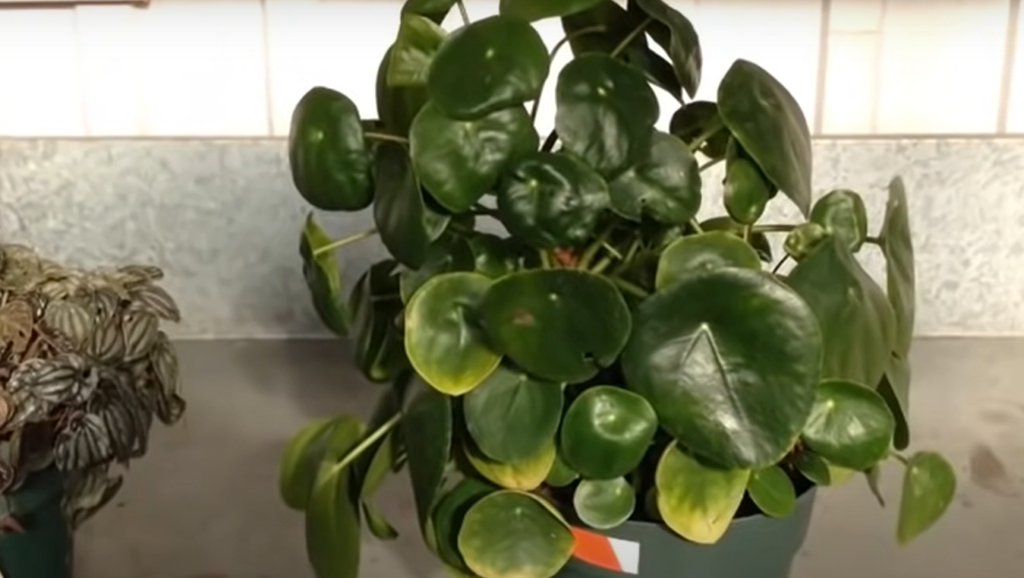
These plants are all in the same family, Piperaceae, and have very similar growing requirements. If you like the look of Peperomia Rotundifolia, you’ll probably also like these other plants! There’s plenty of differences between those plants when it comes to caring, though, for example: Peperomia Prostrata needs less water than Peperomia Rotundifolia; Peperomia Obtusifolia likes bright light, while Peperomia Rotundifolia is okay in lower lights too; Piper Sarmentosum is a vine, so it needs something to climb on. Consider what plant would be great for you personally.
FAQ
Can you grow peperomia from cuttings?
Yes, peperomia can be propagated from stem or leaf cuttings.
Can peperomia be water propagated?
Yes, water propagation is possible with peperomia. To water propagate, take a stem or leaf cutting and place it in a jar of water. Change the water every few days, and in a few weeks, you should see roots growing!
Once the roots are a few inches long, you can put the cutting in soil.
How fast do peperomia rotundifolia grow?
Peperomia Rotundifolia is a slow-growing plant. It will take a few years for it to reach its full size. You can boost its growing speed with some basic plant care: make sure it’s getting enough light, water it regularly, and fertilize it once a month during the growing season (spring and summer).
Why is my peperomia not growing?
If your peperomia is not growing, it could be because it’s not getting enough light. Peperomias need bright, indirect light to thrive. If your plant is in a low-light spot, try moving it to a brighter location.
Other possible reasons include too much or too little water, not enough fertilizer, or pests. Check your plant for signs of pests (such as aphids, mealybugs, or scale) and treat accordingly. If you’re not sure what’s wrong with your plant, consider taking a cutting to a local nursery for diagnosis.
Is peperomia rotundifolia a succulent?
Peperomia Rotundifolia has a succulent nature and is often mistaken for a succulent plant, but it is not a true succulent. Succulents are defined as plants that have thick, fleshy leaves or stems that store water. Peperomia Rotundifolia does not have thick, fleshy leaves; instead, it has thin leaves with a waxy coating that helps it retain water. While Peperomia Rotundifolia is not a succulent, it is a drought-tolerant plant that can withstand periods of dryness [6].
How do you save a dying peperomia?
If your peperomia is dying, the first step is to figure out why. Is it getting enough light? Water? Fertilizer? If you can’t figure out the problem, consider taking a cutting to a local nursery for diagnosis.
Once you know what the problem is, you can take steps to save your plant. If it’s not getting enough light, move it to a brighter spot. If it’s not getting enough water, water it more often. If it’s not getting enough fertilizer, fertilize it once a month during the growing season (spring and summer).
You can also try propagating your plant from a cutting. This is a great way to save a dying plant, as it gives you a chance to start over with a new plant.
Is peperomia a creeper?
No, peperomia is not a creeper. Creepers are plants that grow horizontally along the ground. Peperomias, on the other hand, are upright plants that grow vertically. Creepers can be invasive, but peperomias are not.
Peperomias are also different from creepers in their appearance. Creepers tend to have small leaves, while peperomias have larger, fleshier leaves. Peperomias also have thicker stems than creepers.
Useful Video: Peperomia Hope care and propagation
Final word
Peperomia Rotundifolia is a great plant for beginners and experienced gardeners alike. It’s easy to care for and can tolerate a wide range of growing conditions. With its succulent-like leaves and compact size, Peperomia Rotundifolia is a great plant for small spaces. With a little care, you can enjoy this plant for years to come!
References:
- https://hortology.co.uk/products/peperomia-rotundifolia-trailing-jade-plant
- https://medium.com/9plant/peperomia-species-and-care-86597cf24ca2
- https://bloomsprouts.com/soil-for-peperomia/
- https://chive.ca/blogs/plant-care/peperomia
- https://www.mydomaine.com/peperomia-care-5074698
- https://www.houseplantstalk.com/peperomia-varieties/




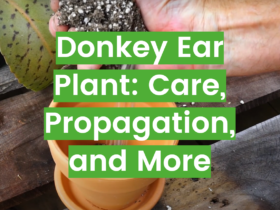
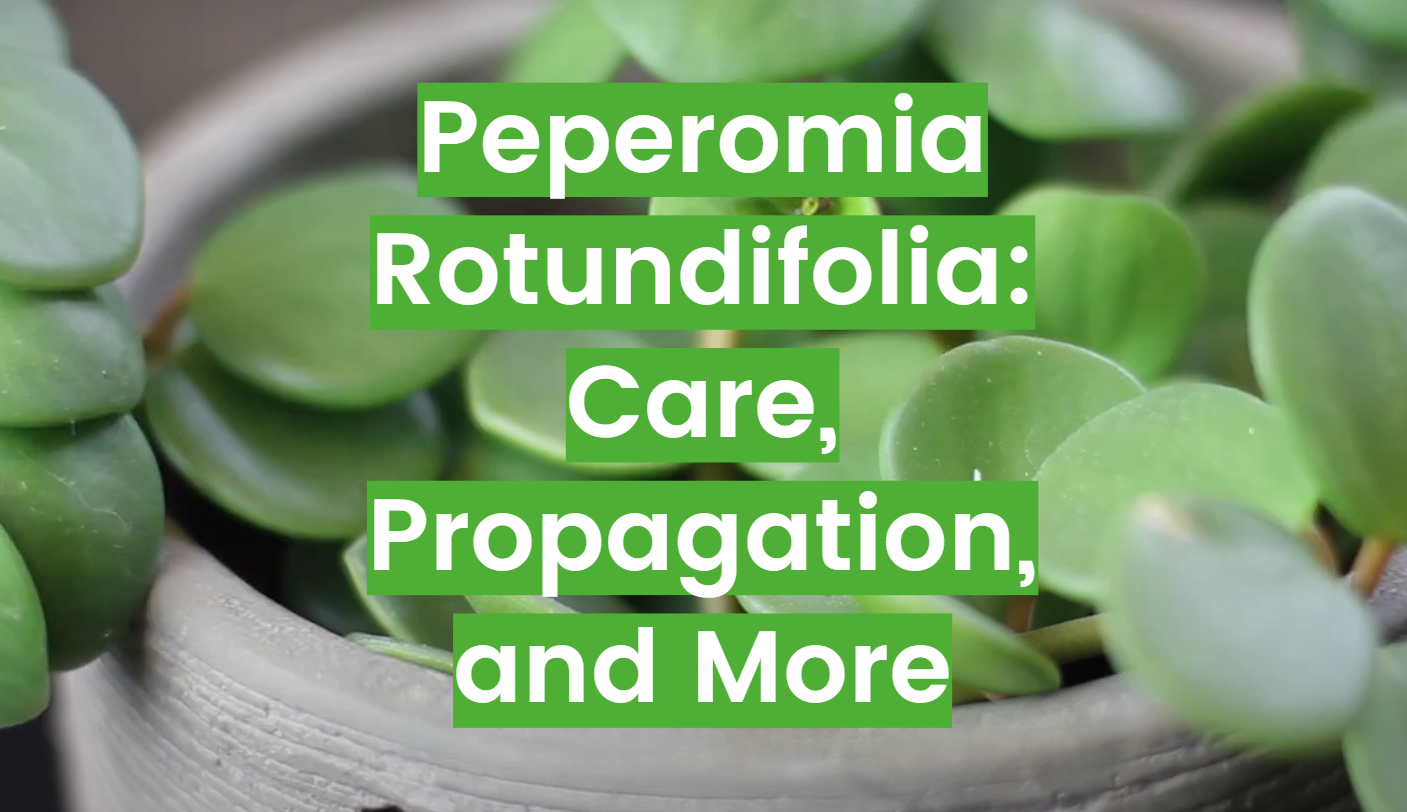
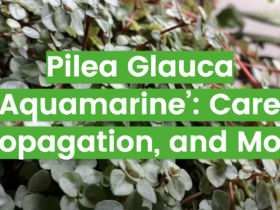
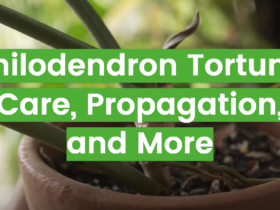

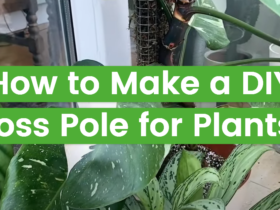
Leave a Review